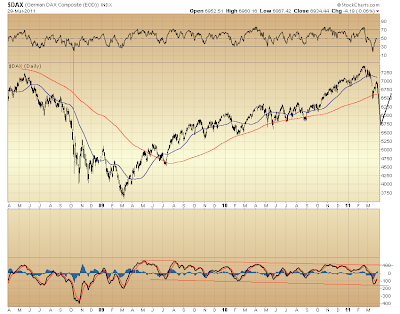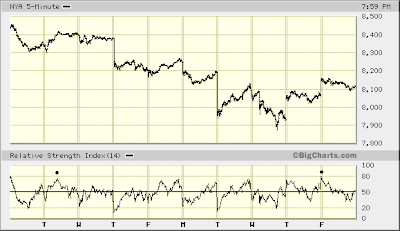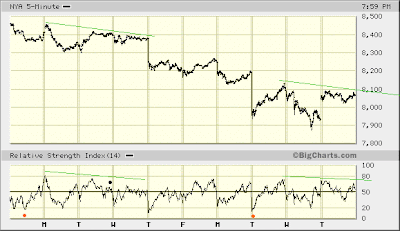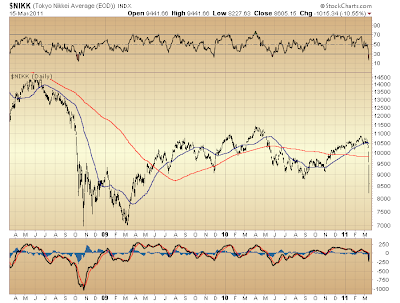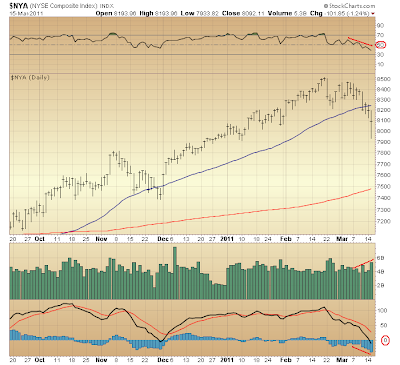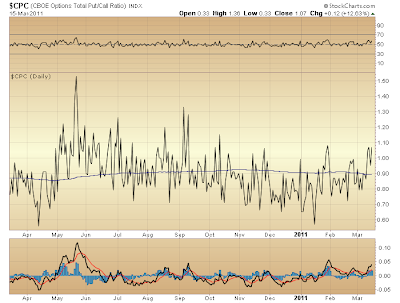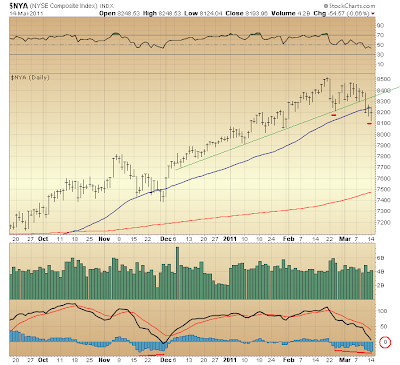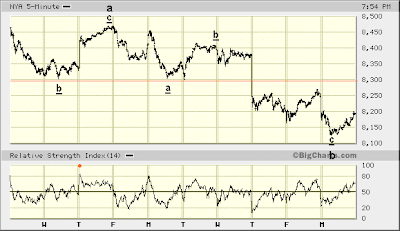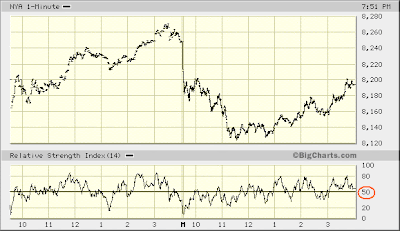"My own opinion is that none of the managers of these once successful [telecomm] companies set out to commit fraud. But as pricing and demand dropped, they did anything and everything to keep their stock up, to buy time to raise more money, or hope demand would return. By doing this, they crossed the line of honesty into fraud. It's a short walk."
—"Wall Street Meat," Andy Kessler (2003)
You really have to wonder if the sort of shenanigans that, the likes of MCI, Global Crossing and Qwest were employing in their attempt to hang on for dear life in 2001 — well before 9/11 — indeed, were encouraged by the very bankers who had provided these telecommunications companies the rope by which they were being hung out to dry. Think about it. Could it have been any other way? Such was but a stepping stone in establishing that zero due diligence as alone would be encouraged by Adam Smith's leveraged Ponzi scheme. Ever young America, we are proven yet again but snake oil fiends.
Considering this, then, how does one not laugh like an insane hyena in the face of CNBC's scam bots who today in putting a lot of meaningless focus on Berkshire Hathaway's David Sokol only exposed the blind eye they lend to a fraud 1000 times greater than this fake, the likes of which employ some of the most desperate attempts ever conceived in an effort to keep drowning bankrupts from being sucked under, never again to be seen. All I can say is, whether their complicity is witting or not, when the lug nuts fall off, someone will be blamed (a fact Captain Morgan, too, might better entertain).
Then again, what of this era is not about cultivating appearances, no matter their improbability? Being well-schooled, then, down with the ship it will be for today's "respected" players.

With 12,391.29 holding, this is how the Dow Jones Industrials could be rolling in completing its second wave of five waves down from 2/18 top.
Five waves up from 3/16 bottom labeled above form wave c of 2. Unlike the German DAX whose wave c of 2 completed a so-called "running correction" (signaling great underlying weakness), the Dow Jones Industrials Average has retraced all but 7.83 points lost during formation of its first wave down from 2/18.
Now, you're probably thinking this is insane. The market is so "strong" shielded in wads of QE. How many times these past 18 months has warning been given that, a hard turn down could lie straight ahead? Why won't this be yet another failure of anything material developing into that something more foreboding targeting levels last seen in the 1987-1994 period? What's to say a giant thud to this very well-substantiated target might be yet further delayed?
Nothing. And yet the possibility is none the more diminished acknowledging this.

(You can magnify the above chart by clicking on it, as [green] lines I have drawn to show circumstantial similarities to the late-April, early-May 2010 period might be difficult to see.)
No doubt, formation of the first and second waves of five waves down from April 2010 top (unfolding through the early days of May, pre-flash crash) resulted in a deceptive levitation along the line once supporting the Dow's advance off early-February 2010 bottom (a line turned resistance as these first two waves of five waves down unfolded). Indeed, as you can see, too, the second wave recovered much of the ground lost during formation of the first wave's fall. Then came collapse.
Now observe how rather similar behavior presently is being displayed in relation to the line once supporting the Dow's advance off late-June 2010 bottom. (This line happens to form the lower boundary of what still is believed a [bearish] "rising wedge" unfolding over the interim to 2/18 top.) And now retracement again recovering much of the ground lost during the first wave down ... and this resulting in the Dow's lift to its former line of support, now resistance.
So, now comes collapse. "Ill-placed" technical circumstance noted over the past week decidedly proclaims the time, indeed, has come.
(p.s. I do like today's lift in the volume of shares exchanged. Fitting on a day that could be the start of a devastating third wave down the crapper for the greater bulk of wildly overvalued equity.)

* * * * *
© The Risk Averse Alert — Advocating a patient, disciplined approach to stock market investing. Overriding objective is limiting financial risk. Minimizing investment capital loss is a priority.
Analysis centers on the stock market's path of least resistance. Long-term, this drives a simple strategy for safely investing a 401(k) for maximum profit. Intermediate-term, investing with stock index tracking-ETFs (both their long and short varieties) is advanced. Short-term, stock index options occasionally offer extraordinary profit opportunities when the stock market is moving along its projected path.
Nothing is set in stone. Nor is the stock market's path of least resistance always known. More often than not, there are no stock index option positions recommended.
 There's an easy way to boost your investment discipline...
There's an easy way to boost your investment discipline...Get Real-Time Trade Notification!




